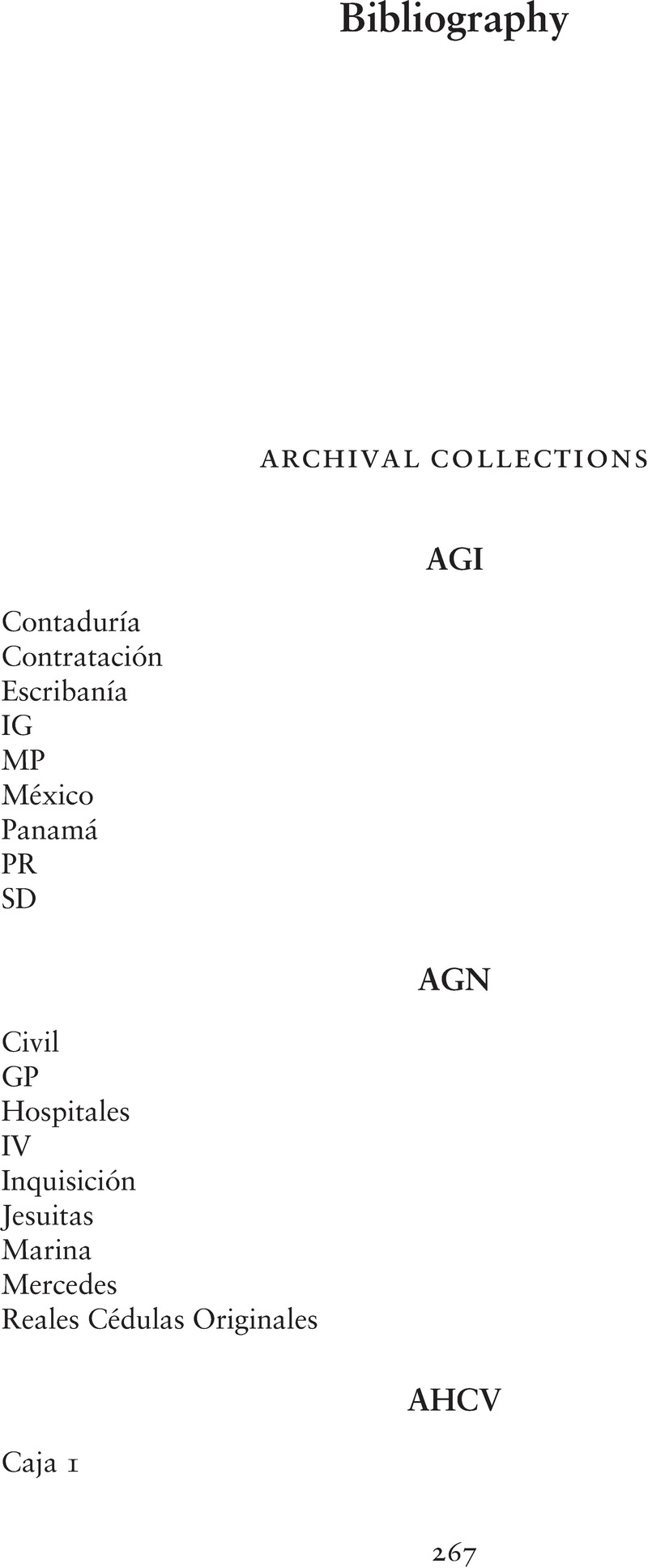Book contents
- Veracruz and the Caribbean in the Seventeenth Century
- CAMBRIDGE LATIN AMERICAN STUDIES
- Veracruz and the Caribbean in the Seventeenth Century
- Copyright page
- Dedication
- Contents
- Figures
- Maps
- Tables
- Acknowledgments
- Note on the Text
- Abbreviations
- Maps
- Introduction
- Part I Building the Mexican-Caribbean World
- Part II The Caribbean in Veracruz
- Appendices
- Bibliography
- Index
- Cambridge Latin American Studies
- References
Bibliography
Published online by Cambridge University Press: 19 January 2023
- Veracruz and the Caribbean in the Seventeenth Century
- CAMBRIDGE LATIN AMERICAN STUDIES
- Veracruz and the Caribbean in the Seventeenth Century
- Copyright page
- Dedication
- Contents
- Figures
- Maps
- Tables
- Acknowledgments
- Note on the Text
- Abbreviations
- Maps
- Introduction
- Part I Building the Mexican-Caribbean World
- Part II The Caribbean in Veracruz
- Appendices
- Bibliography
- Index
- Cambridge Latin American Studies
- References
Summary

- Type
- Chapter
- Information
- Veracruz and the Caribbean in the Seventeenth Century , pp. 267 - 300Publisher: Cambridge University PressPrint publication year: 2023



